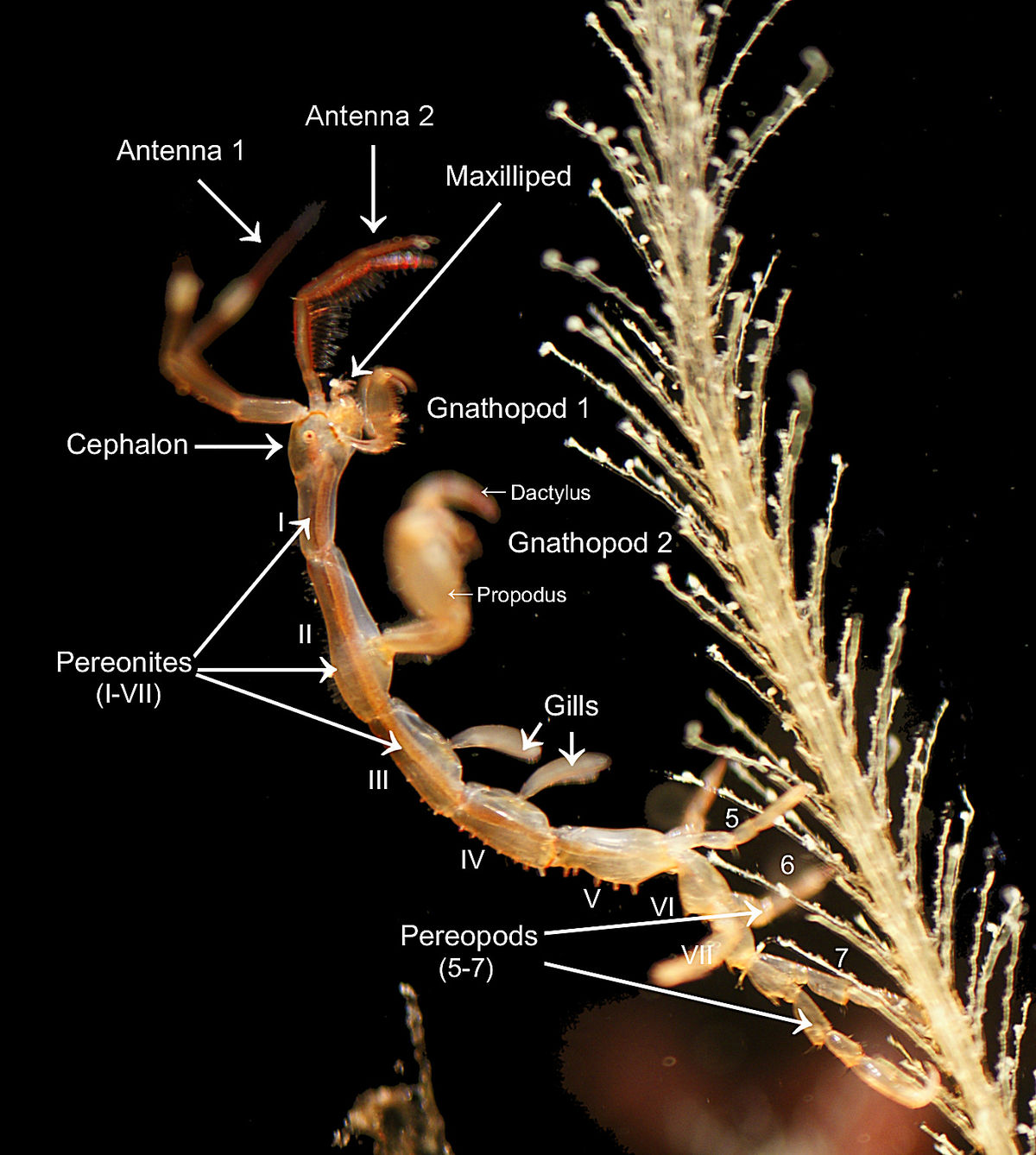You’ve probably heard of Klingon, or perhaps Quenya (from J.R.R. Tolkien’s books), but have you heard of Anglish?
It might sound a little familiar, but only because of its play on the word “English”—you know, one of the most commonly spoken languages in the world?

Before I get into Anglish, first let’s talk about English. Pretty much any English speaker, native or learned, knows that English is…weird. So many strange exceptions to rules, odd spelling, and pronunciations that don’t match how a word looks. WHY is that?
There are several reasons, from vowel shifts to dropping consonants in a word (but keeping the letters, of course). The one I will focus on right now is foreign influence.
A little bit of history…
The history of the British Isles can be oversimplified as one long string of invaders taking over. Celts, Romans, Anglo-Saxons, Vikings, Normans, the French… Who hasn’t taken over Britain at some point? We’ll start with the Anglo-Saxons. A Germanic tribe, their language was the root of what we speak today. When they took over, they mingled with the Celtic tribes, and presumably, some exchange of vocabulary occurred, but we don’t know the exact extent.
A few centuries later, Vikings start invading and bringing their own language (Old Norse), and that contact further influenced English. Another couple centuries later, and the Normans invade, successfully conquering England and establishing a new ruling class. This is where French starts to heavily influence the development of English.
I have written before about how class differences affected which French words got adapted into English. Words that deal with the raw, unprocessed product, such as a pig or cow, remained English. Words that dealt with the end product (and thus made it to the tables of the ruling class), became more influenced by French. For example, pork and beef.
What’s the point of all this? Why I am rambling about the French and cows?

Now, we get to Anglish!
Anglish is variation—a sort of conlang in the context of a real language—that attempts to only use words firmly rooted in English’s origins, not words borrowed from other languages. Psh, you say. That’s easy!
Is it?
Take the following sentence:
I am a person because I use my brain—that is a fact!
Silly sentences aside, can you spot how many of those words are from foreign (mostly French) influence?
If you guessed person, because, use, and fact, you are correct! I was surprised to learn brain is derived from Old English brægen. Not a foreign word!
Anyway, it’s not so easy to omit foreign words, is it? Here is the same sentence but using only words derived from Old English:
I am a man owing to wielding my brain—that is a truth!
You can see how it’s still intelligible, though quite different than what might come naturally.
Many people have attempted to whittle away foreign influence on the English language, notably Paul Jennings, who coined the term “Anglish” in 1966 (900 years after the Battle of Hastings, where the Normans defeated the English and began their reign of Frenchy terror).
And now, the Anglish project garners fascination from all kinds of folks. Some want to exercise their linguistic chops and come up with new words as an alternate for modern terms that Old English never envisioned. For example, instead of “computer,” saying “reckoner,” which sounds a little ominous…but also rather cool.
Why might it be useful to look into Anglish?
If you’re the conlanging type like I am, you are probably interested in languages in general, as well as their history and relationships. That is one reason to consider looking a bit into Anglish, simply to compare how English could have been to what English is today. Then, you could apply some of those concepts to your own language. How has outside influence changed the languages of your world? What is the reaction to that influence? Are there factions in your world that oppose that influence and wish to “restore” the language?
It’s questions like these that might make exploring Anglish worth it. Well, where can you do such a thing? Turns out, there is a community for that, including groups on Discord, Reddit, and others. There’s even an Anglish translator.
If you’re interested in Anglish and how it could be a fun and informative way to explore your own conlang, be sure to check it out at www.anglish.org. You can find links to the various communities concerned with Anglish there, as well as some videos and history that expand upon what I wrote here. It’s got some great info!
Want some more resources? Here are a couple more sites that provide useful info on the origin of English words and some ways to “translate” modern English to Anglish.
























